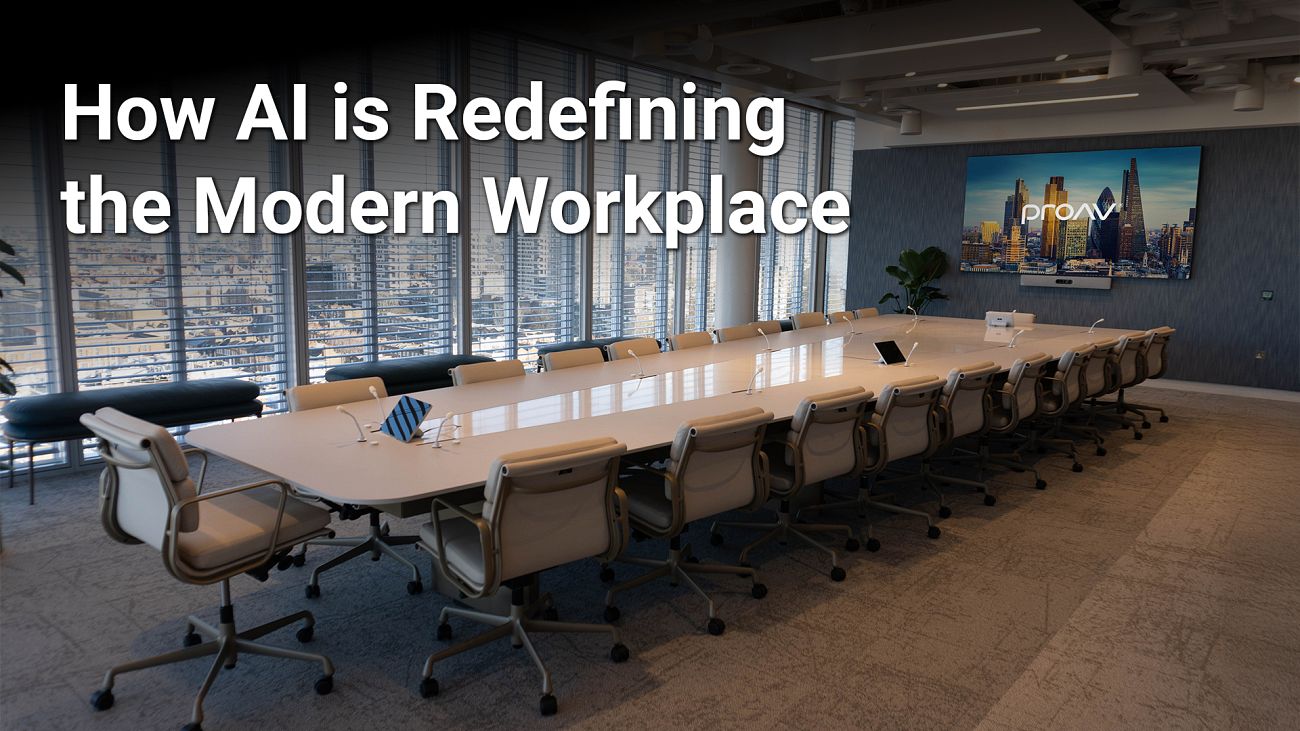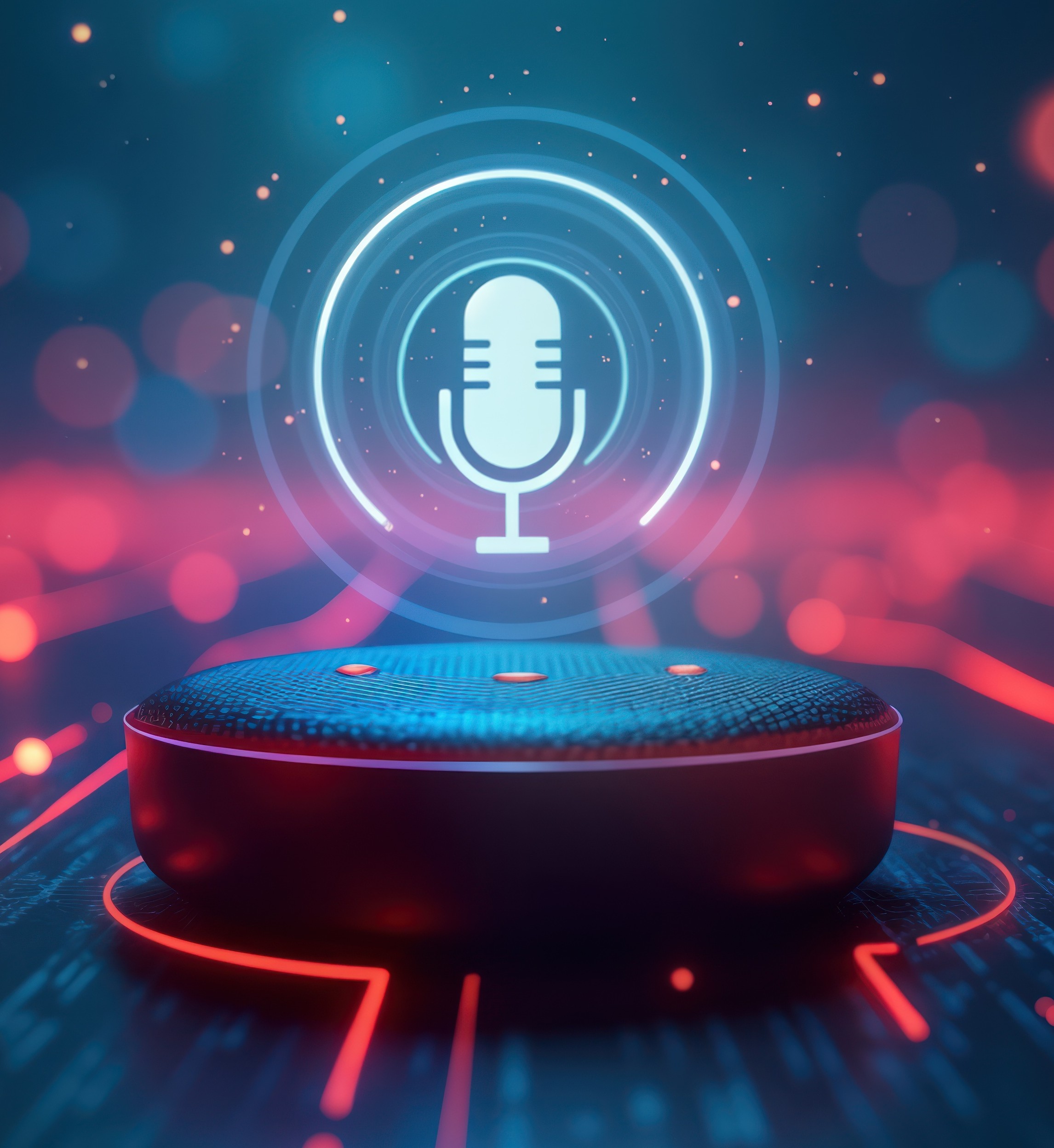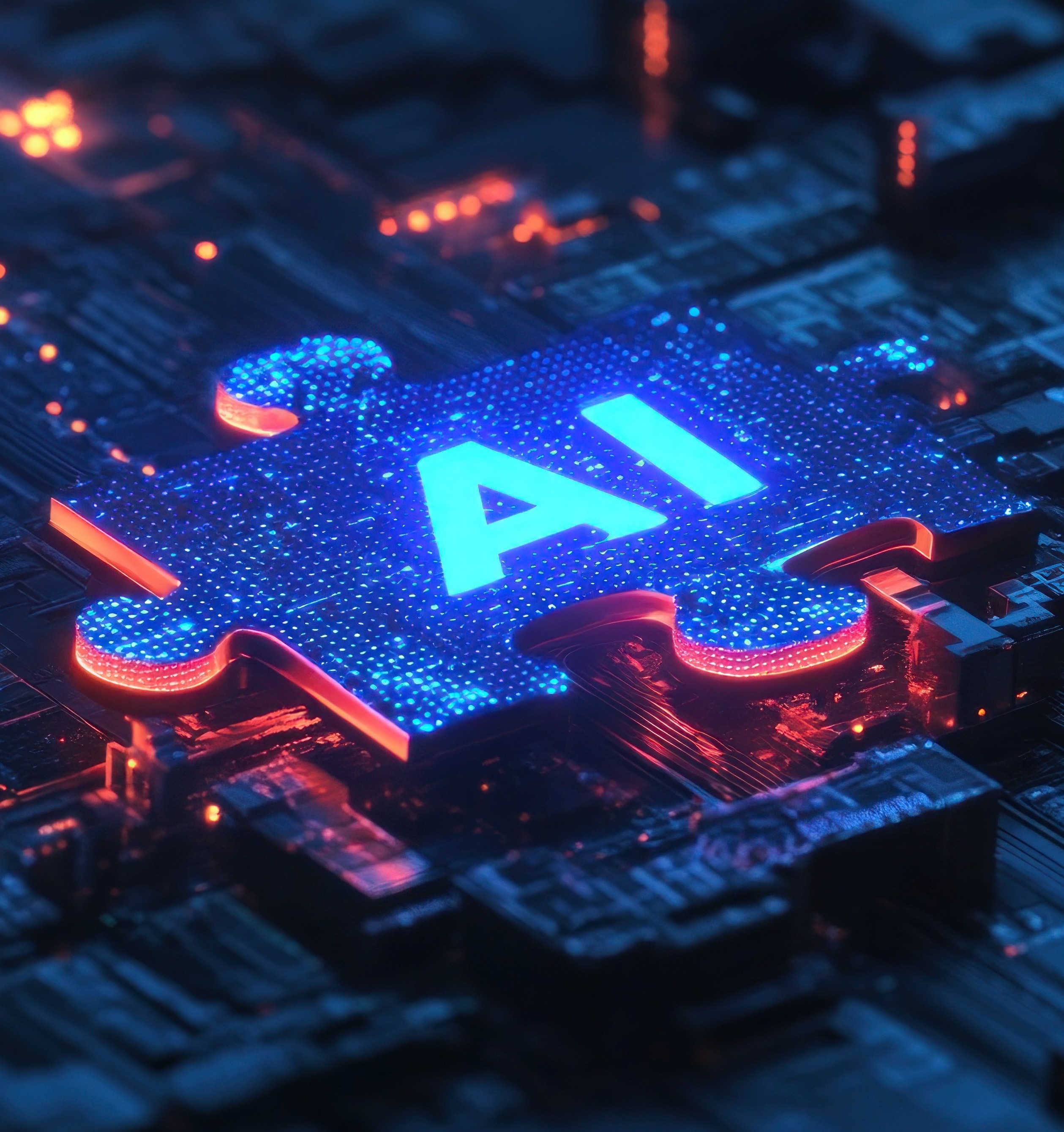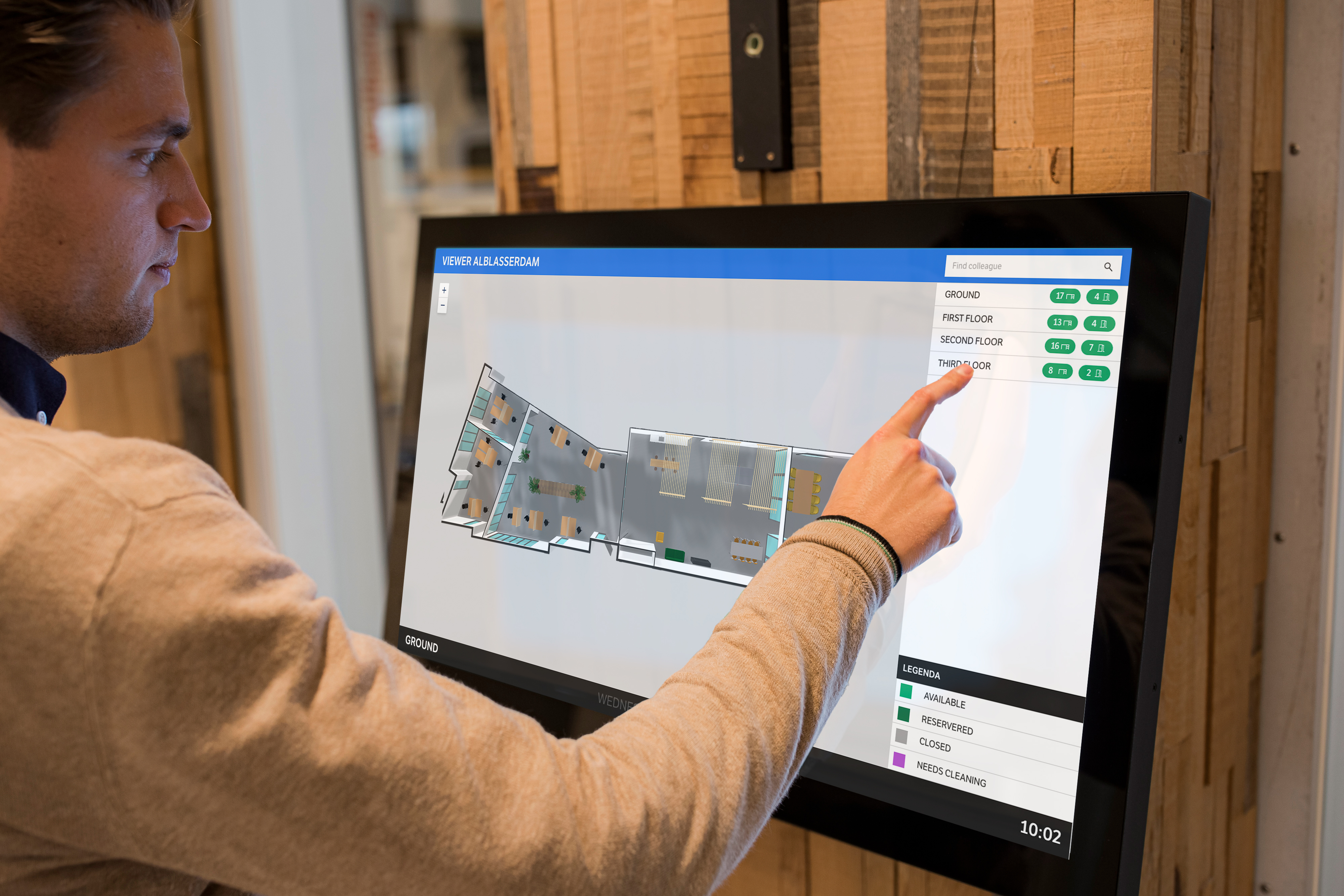
How AI is Redefining the Modern Workplace

Workplace expectations have changed, but many spaces haven’t kept up. AI is closing that gap by making collaboration easier, smarter, and more inclusive.
The future of the workplace is a phrase we often hear and with the rapidly evolving AV industry, more organisations are moving towards hybrid meetings. Having meeting rooms equipped with the right technology is vital for keeping everyone engaged and productive. It is about making every participant feel equally involved no matter where they are. From AI-powered camera systems to room booking tools every element plays a role. Yet with Microsoft reporting that 65% of meeting spaces remain underutilised, it is clear that many environments still lack the necessary tools. As a result, employees are often forced to take calls or hold meetings in noisy, distracting spaces. This raises a crucial question: how is AI redefining the modern workplace?
Breaking Down Language Barriers with Real-Time AI Translation
 A key way Artificial Intelligence is redefining the modern workplace is by removing communication barriers through Microsoft Copilot’s real-time transcription and translation capabilities. As meeting spaces become certified for Microsoft Teams, integrating Microsoft Copilot into physical and hybrid environments is becoming more accessible, allowing participants to follow meetings in their preferred language, whether attending in person or remotely. Live captions and translated transcripts appear on screen during the meeting, making it easy to follow the conversation in real time and creating a more inclusive, accessible experience. This enables teams across regions and language backgrounds to collaborate more effectively, where improved clarity and understanding can make a difference whether it’s securing a new client, strengthening cross-regional alignment, or improving long-term business relationships.
A key way Artificial Intelligence is redefining the modern workplace is by removing communication barriers through Microsoft Copilot’s real-time transcription and translation capabilities. As meeting spaces become certified for Microsoft Teams, integrating Microsoft Copilot into physical and hybrid environments is becoming more accessible, allowing participants to follow meetings in their preferred language, whether attending in person or remotely. Live captions and translated transcripts appear on screen during the meeting, making it easy to follow the conversation in real time and creating a more inclusive, accessible experience. This enables teams across regions and language backgrounds to collaborate more effectively, where improved clarity and understanding can make a difference whether it’s securing a new client, strengthening cross-regional alignment, or improving long-term business relationships.
Improving Meeting Efficiency with AI
.jpg)
Another way AI is redefining the modern workplace is through smart auto-framing cameras. Unlike traditional systems that capture the whole room and often include background distractions, AI-driven cameras track and focus on the person speaking. By automatically switching angles to highlight whoever is talking, they make meetings more dynamic, engaging, and inclusive for both in-person and remote attendees. What sets this technology apart is that it is not limited to static, seated meetings. Whether someone is moving around, presenting slides, or sharing the stage with another speaker, the camera adapts and keeps the focus where it matters. The ability to have camera systems follow movement, reduce distractions, and capture natural gestures and expressions helps create a more connected experience.
Making Every Meeting Count with AI
 Meetings are being transformed in how they’re planned, conducted, and followed up shifting the focus from logistics to meaningful outcomes. For instance, once a meeting is added to the calendar, AI can review related email threads, identify attendees, and recommend available meeting rooms based on preferences and availability. It can assist in drafting an agenda and during the meeting identify who is speaking by matching voices to names. This allows accurate meeting minutes to be captured and distributed automatically. By removing repetitive manual tasks, AI allows participants to fully engage with the discussion, rather than worrying about note-taking or follow-ups. It ensures everyone is aligned and nothing important is missed. Recent reports by Microsoft highlight that 57 percent of employees find it difficult to catch up when joining late, 56 percent struggle to summarise what happened, and 55 percent are unclear on next steps, the value of AI in making meetings more structured and effective is increasingly clear.
Meetings are being transformed in how they’re planned, conducted, and followed up shifting the focus from logistics to meaningful outcomes. For instance, once a meeting is added to the calendar, AI can review related email threads, identify attendees, and recommend available meeting rooms based on preferences and availability. It can assist in drafting an agenda and during the meeting identify who is speaking by matching voices to names. This allows accurate meeting minutes to be captured and distributed automatically. By removing repetitive manual tasks, AI allows participants to fully engage with the discussion, rather than worrying about note-taking or follow-ups. It ensures everyone is aligned and nothing important is missed. Recent reports by Microsoft highlight that 57 percent of employees find it difficult to catch up when joining late, 56 percent struggle to summarise what happened, and 55 percent are unclear on next steps, the value of AI in making meetings more structured and effective is increasingly clear.
Driving Smarter Space and Resource Management
While many of AI's benefits are focused on improving the employee experience, the organisational value it brings to leadership is equally significant. AI tools can provide insights that were previously difficult to access, such as how often meetings are taking place, which ones are consistently unattended, or whether certain meetings are no longer happening at all. These analytics help management identify inefficiencies and make more informed decisions. For instance, some meeting rooms may be in constant demand while others go unused. AI can highlight whether differences in technology or equipment are influencing room usage, offering a clear explanation for underutilisation. Even when booking meeting spaces, AI can support smarter allocation. If four people need a space it will avoid reserving a room designed for fifteen opting instead for a more appropriately sized space. This improves overall space utilisation and can lead to significant cost savings.
Conclusion
AI is no longer emerging. It is already transforming how we
communicate, collaborate, and operate. Its role in improving efficiency, and resource management is clear and growing. If your organisation has not
yet adopted AI, now is the time to reconsider. Contact sales@proav.com
to learn more.
Share
